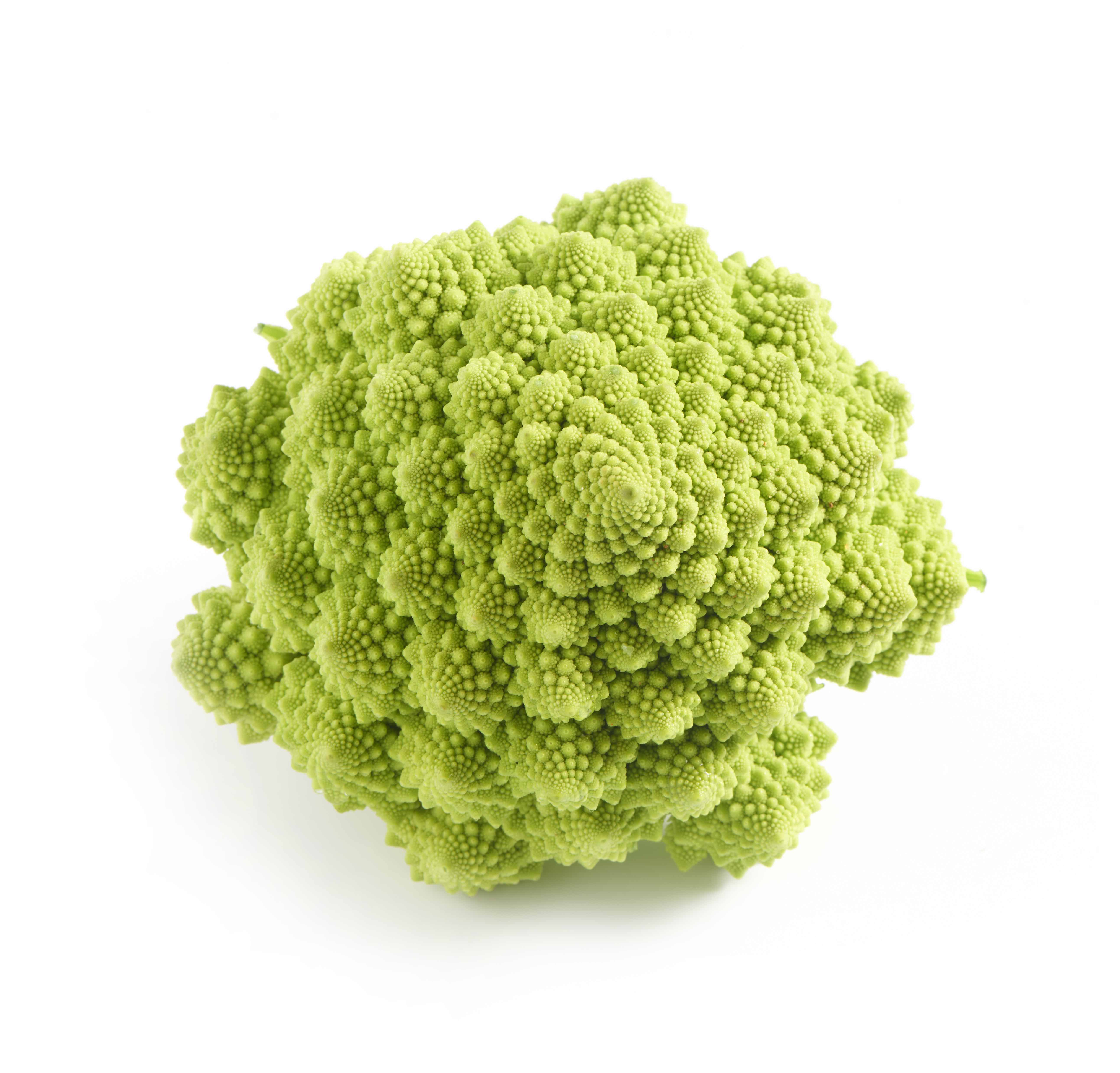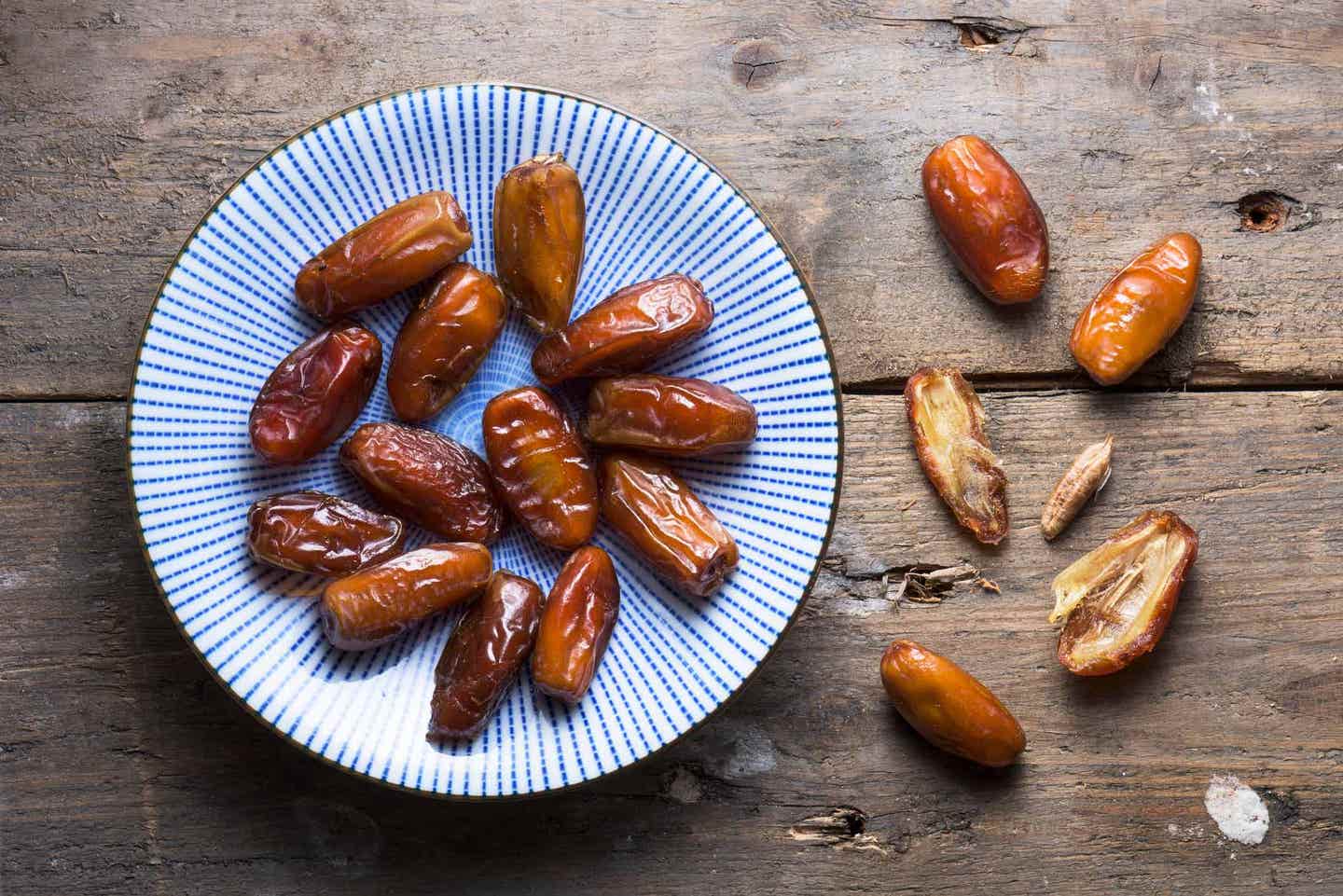By Tami Fertig,
Last Updated:Cauliflower is incredibly versatile. Here's why and how to make it a staple in your kitchen.
Cauliflower Is Packed with Nutrients
Like its cruciferous cousins broccoli and cabbage, cauliflower contains cancer-fighting compounds called glucosinolates (which also impart its trademark pungent odor). It also packs a good amount of fiber, with 2.1 grams of fiber in 1 cup of ½-inch pieces, and 12 grams in a head. And it's abundant vitamin C—1½ cups contains about as much vitamin C as an orange—so it’s ideal for boosting immunity in the chilly months ahead.
How to Select and Store Cauliflower
You can buy fresh or frozen cauliflower year-round, but it’s most plentiful in fall and winter. Choose compact heads with bright leaves that have not yellowed or wilted; store tightly wrapped in the fridge for up to five days. To save on prep time, grab precut florets or cauliflower “rice.” Just remember: They lose freshness faster than whole heads.
Notice light brown specks on the cauliflower in the crisper drawer of your refrigerator? Don’t panic. Brown spots are most likely a sign of oxidation caused by bruising and can be sliced or shaved off for prettier presentation.
Vibrant Varieties
There are hundreds of varieties of cauliflower around the world and dozens in North America alone. Check farmers markets and specialty grocery stores for colorful heirloom varieties, which taste similar to standard white kind but boast bonus heart-healthy vitamins. The following are some of the most eye-popping.
Cheddar
Named for its bright orange florets, this variety boasts a significant dose of beta-carotene.
Graffiti
Anthocyanins, the same antioxidants found in blueberries, give this variety its stunning purple hue. It retains this hue during cooking, whereas some other purple varieties do not.
Romanesco
This crunchy, green-spiraled beauty—also called Roman cauliflower—dates to the 16th century.
Fioretteo
Both the slender stems and tiny florets of this sweet "flowering" variety can be eaten.
How to Cook with Cauliflower
Here's how to get creative in the kitchen with this incredibly versatile vegetable.
Blend It
When cooked and blended, it makes a velvety-smooth substitute for dairy to thicken soups, stews, and sauces (think béchamel and Alfredo). For a fresh twist on mashed potatoes, steam florets and puree them with a splash of vegetable stock.
Grill It
Hearty slabs of grilled, roasted, or seared cauliflower are all the rage at upscale restaurants around the country. Make your own by trimming the bottom of the stem, placing the head cut side down, and slicing from top to bottom into 1-inch-thick slabs. Read more about prepping “steaks” out of this and other veggies: How to Make Veggie Steaks.
Make Wings
Brush florets with Buffalo sauce for a plant-based variation on hot wings. Try our popular recipe for Crispy Buffalo Cauliflower Bites.
Rice It
When riced, it can stand in for traditional rice in any recipe. To make your own, simply box grate a head, or blitz florets in a food processor with a grater blade. Try it in Rainbow Cauliflower Rice Salad.
More Cauliflower Recipes to Try Today
Feeling inspired? Check out our collection of Tasty Vegan Cauliflower Recipes.

Related News
Get Our Best Price On The Forks Meal Planner

Forks Meal Planner takes the guess work out of making nutritious meals the whole family will enjoy.
SAVE $200 ON OUR ULTIMATE COURSE

Join our best-selling course at a new lower price!



